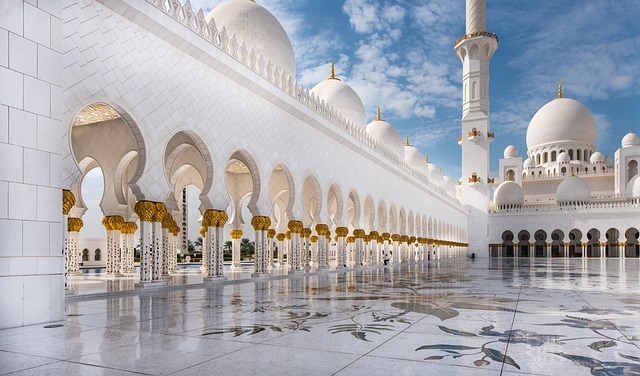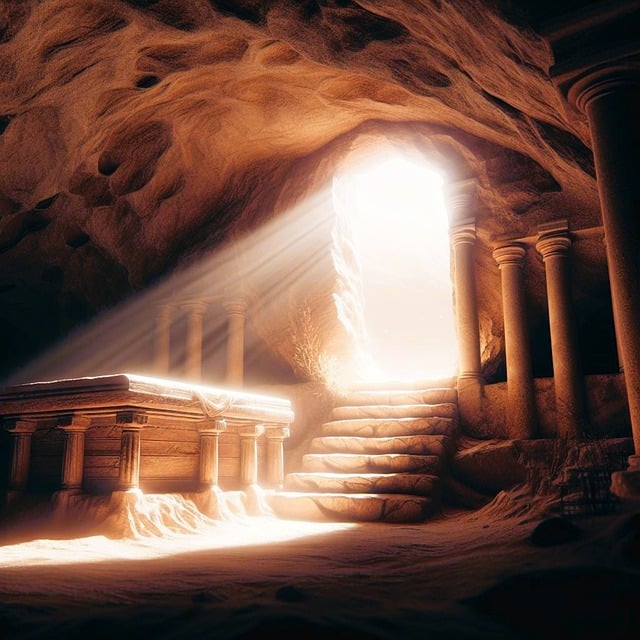Investigate the assorted and entrancing history of the world’s significant religions, from their antiquated beginnings to their advanced practices.
The Introduction of Antiquated Religions ,Through the Historical backdrop of World Religions

Antiquated religions reflect early people’s mission for importance and understanding, starting with animism, which credited profound importance to regular articles and peculiarities. This conviction framework probably arose in ancient times to figure out nature’s powers and existential secrets. As social orders developed more perplexing, polytheism was created, with civic establishments like the Egyptians, Greeks, and Romans revering various divine beings, each with special attributes and jobs. These polytheistic frameworks included multifaceted customs, sanctuaries, and brotherhoods.
The Ascent of Monotheistic Beliefs: Judaism, Christian
The coming of monotheism denoted a huge change in strict ideas. Through the Historical backdrop of World Religions
Judaism, perhaps the earliest monotheistic religion, started in the old Close to East and fixated on the love of one God, Yahweh. The Jewish Book of scriptures,
relates the set of experiences, regulations and convictions of the Jewish public and stays an established text of Judaism. Christianity emerged from Judaism in the first century Promotion, with Jesus of Nazareth as the focal figure. Christians accept that Jesus is the Savior forecasted in the Jewish Sacred writings and follow his lessons as kept in the New Confirmation. The spread of Christianity all through the Roman Domain and past was worked with by ministers and the possible reception of the religion as a state religion by Ruler Constantine. Islam, established in the seventh century Promotion by the prophet Muhammad, additionally has its underlying foundations in the monotheistic practices of Judaism and Christianity. Muslims trust in one God, Allah, and follow the lessons of the Koran, which they consider the last disclosure of God Islam spread rapidly all through the Center East, North Africa, and parts of Europe and Asia, altogether molding the social and political scenes of these areas.
Eastern Otherworldly Practices: Hinduism, Buddhism, and Then some
The profound customs of the East, particularly those starting in India and China, offer alternate points of view on the idea of presence and the way to edification. Hinduism, one of the world’s most seasoned religions, incorporates a great many convictions and practices .It is depicted by the thoughts of karma, dharma and samsara (revival), as well as the journey for Marsha (independence from the example of restoration). The consecrated texts of Hinduism integrate the Vedas, the Upanishads, and the legends like the Mahabharata and the Ramayana. Buddhism, established by Sindh THA Gautama (Buddha) in the fifth century BC, centers around the Four Honorable Insights and the Eightfold Way for the purpose of accomplishing Nirvana, or independence from affliction. Buddhism spread from India to different pieces of Asia, advancing into various schools like Theravada, Mahayana and Narayana, each with its own understandings and practices. Other significant Eastern practices incorporate Jainism, which stresses peacefulness and plainness, and Taoism and Confucianism, from China, which give a philosophical and moral system for living together as one with nature and society.

Through the Historical backdrop of World Religions
Indigenous and Tribal Beliefs: Preserving Ancient Wisdom
Native and ancestral religions are intently attached to the social and ecological settings of their networks, accentuating associations with the earth, predecessors, and spirits. Customs, oral practices, and services are essential for saving consecrated information and social legacy. These conviction frameworks feature the interconnectedness of every living being and the requirement for offset with nature. Regardless of the impacts of colonization and globalization, numerous native gatherings actually practice and revive their customary convictions, displaying the versatility and flexibility of their otherworldly legacy.

The Modern Spiritual Landscape: New Movements and Global Impact
The contemporary profound scene is described by an incredible variety of convictions and practices. New strict developments, like Scientology, the Baha Confidence, and Neopaganism, have arisen close by laid out religions, offering elective ways to profound satisfaction. These developments frequently reflect more extensive social and social changes, including expanding globalization, mechanical advances, and a developing accentuation on individual spirituality .In expansion to these new strict developments, we have seen a development in secularism and skepticism, particularly in the most evolved districts. Many individuals look for profound encounters beyond coordinated religion, investigating practices like contemplation, yoga and care. The worldwide impact of religion stays significant, affecting governmental issues, culture and social elements. Interreligious discourse and endeavors to advance strict resistance and understanding mean a lot to encourage tranquil concurrence in our different world.
